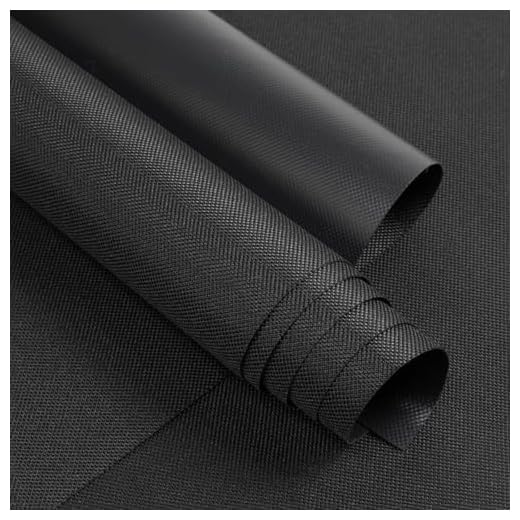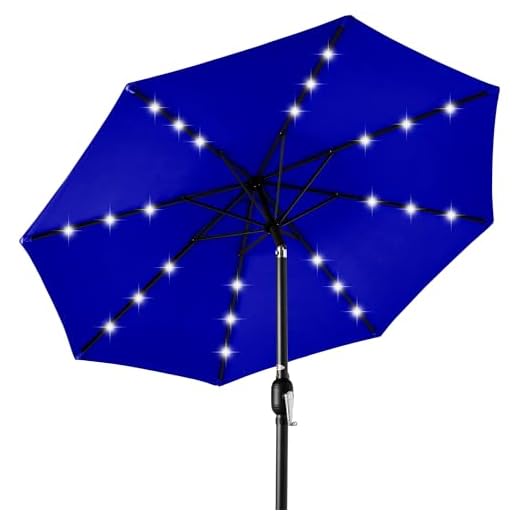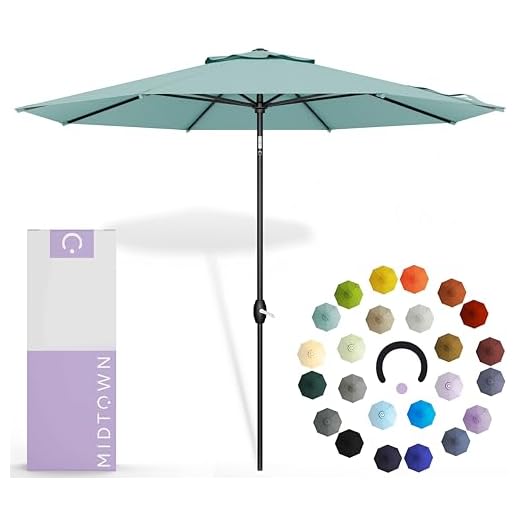


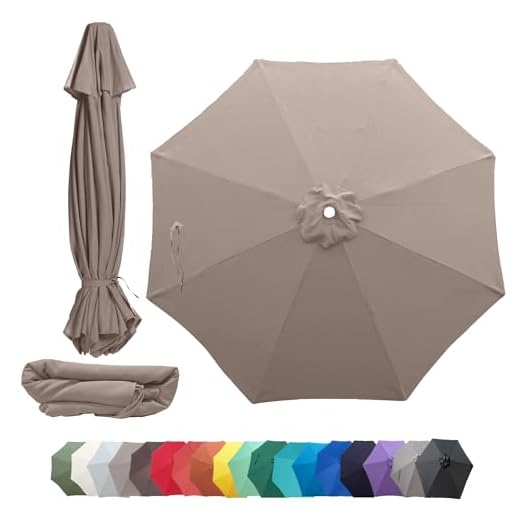
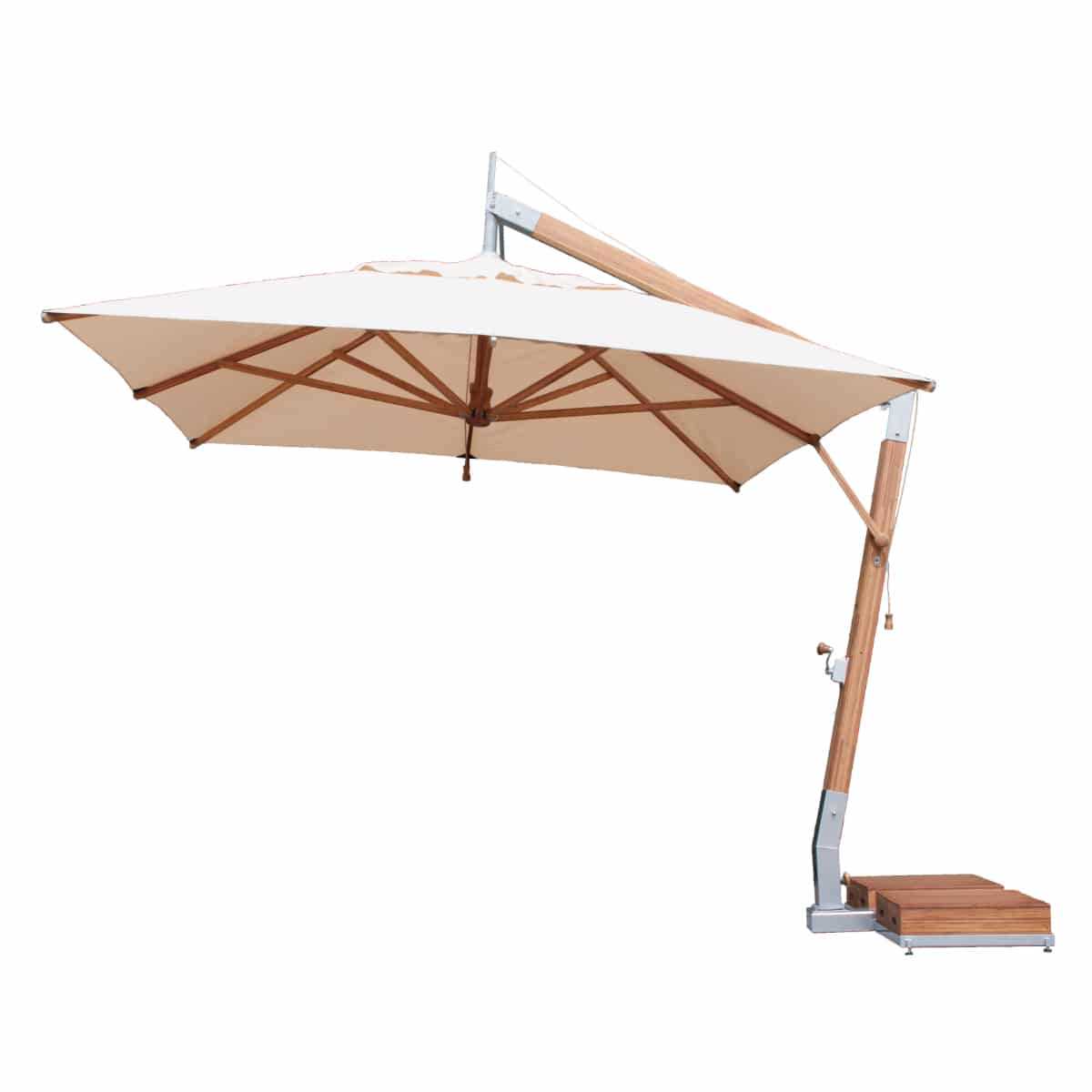
Selecting the right fabric for your outdoor shade solution can significantly enhance your outdoor experience. This article discusses various types of fabrics available for sun protection structures, focusing on durability, UV resistance, and aesthetic appeal. Whether you’re a homeowner looking to upgrade your backyard or a business owner aiming to enhance your patio space, this guide will provide you with the necessary insights to make an informed decision.
Here, I will outline the advantages and disadvantages of common fabric options like polyester, acrylic, and canvas. You will learn about factors such as water resistance, ease of cleaning, and color retention. Each fabric type has unique characteristics that cater to different needs and preferences, making it essential to choose wisely based on your specific requirements.
By the end of this article, you will have a clearer understanding of which fabric is most suitable for your outdoor shade structure, ensuring that your investment offers both functionality and style for years to come.
Best Canopy Material for a Patio Umbrella
Choosing the right fabric for your outdoor shade structure is essential for durability and comfort. Polyester and acrylic are popular choices due to their water-resistant and UV-blocking properties. Polyester is lightweight and often more affordable, while acrylic offers superior fade resistance and longevity.
For optimal protection against the elements, look for solution-dyed fabrics. This process involves dyeing the fibers before weaving, resulting in colors that are more resistant to fading. Additionally, consider a fabric with a high denier count, as this indicates a thicker, more durable weave.
Key Features to Consider
- UV Resistance: Ensure the fabric has a high UV rating to protect against sun damage.
- Water Resistance: Look for treated materials that repel water to prevent mold and mildew.
- Breathability: Fabrics that allow airflow can help reduce heat buildup underneath.
- Weight: Heavier fabrics tend to withstand wind better than lighter options.
In terms of maintenance, fabrics that are easy to clean and resistant to stains will save time and effort. Regularly check for wear and tear, particularly in high-stress areas like seams and edges.
Lastly, consider your local climate. If you experience harsh weather conditions, select a more robust fabric that can endure these challenges without losing its shape or functionality.
Durability and Weather Resistance of Canopy Fabrics
Choosing the right fabric for outdoor shading solutions significantly impacts longevity and performance. Fabrics designed for external use must exhibit superior resistance to environmental factors such as UV radiation, water, and mold. This ensures that the structure remains functional and visually appealing over time.
When evaluating options, consider synthetic fibers like polyester and acrylic. These materials often feature treatments that enhance their resilience against fading and water absorption, providing a reliable shield against the elements. Additionally, breathable fabrics help prevent moisture buildup, reducing the risk of mold and mildew.
Key Features of Durable Fabrics
- UV Protection: Fabrics treated with UV stabilizers can block harmful rays, preventing color fading and fabric degradation.
- Water Resistance: Look for materials that repel water effectively, helping to maintain a dry surface during rain.
- Mold and Mildew Resistance: Fabrics that inhibit microbial growth can significantly extend the lifespan of the shading solution.
- Tear Strength: Durability against physical stress is crucial. Fabrics with higher tear strength are less likely to rip or wear down.
Regular maintenance also plays a significant role in ensuring longevity. Cleaning the fabric periodically and storing it properly during harsh weather conditions can help preserve its integrity. Investing in durable options will ultimately save money and effort in the long run, providing a reliable and stylish outdoor shading solution.
UV Protection Levels in Patio Umbrella Fabrics
Choosing the right shade structure is critical for effective sun protection. Fabrics with high UV resistance can significantly reduce exposure to harmful rays, which is essential for outdoor use.
Many textiles are treated to enhance their UV-blocking capabilities. Look for options that specify a UV rating, indicating the level of protection against ultraviolet radiation.
Understanding UV Ratings
UV ratings typically range from 30 to 100, with higher numbers indicating greater protection. Fabrics rated 50 and above are considered excellent for blocking UV rays.
It is essential to consider both the fabric’s composition and the weave. Dense weaves tend to offer better protection due to reduced light penetration.
- Polyester: Often treated with UV-resistant coatings, providing good protection and durability.
- Acrylic: Excellent color retention and UV resistance, making it a popular choice for outdoor applications.
- Canvas: Heavyweight fabric that can be treated for UV protection, offering long-lasting shade.
In addition to fabric choice, consider the color. Darker shades typically absorb more UV radiation, enhancing their protective qualities.
| Fabric Type | UV Rating | Durability |
|---|---|---|
| Polyester | 30-50 | Moderate |
| Acrylic | 50-100 | High |
| Canvas | 30-50 | High |
Selecting the right fabric with appropriate UV protection is crucial for ensuring safety and comfort while enjoying outdoor spaces.
Lightweight vs. Heavyweight Canopy Options
Choosing between lightweight and heavyweight options for outdoor shade structures impacts durability, ease of use, and overall functionality. Lightweight fabrics offer mobility and simpler handling, while heavyweight alternatives provide substantial resistance to weather conditions.
Lightweight materials, such as polyester or certain nylon blends, are ideal for those seeking easy setup and takedown. Their portability allows for convenient storage and transport. However, these fabrics may require more frequent replacement due to wear and tear, especially in areas with high winds or heavy rain.
Advantages and Disadvantages
- Lightweight:
- Easy to handle and store.
- Quick drying after rain.
- Ideal for casual use.
- Heavyweight:
- More durable against harsh weather.
- Less likely to tear or fade over time.
- Provides better UV protection.
Heavyweight options typically include fabrics like acrylic or high-denier polyester, which offer enhanced longevity and stability. Their resistance to fading and tearing is a significant benefit, making them suitable for permanent installations. However, these materials can be bulkier and may require more effort to set up.
Ultimately, the choice between lightweight and heavyweight options depends on individual needs and environmental factors. Assessing the frequency of use, local weather patterns, and desired longevity will guide the decision-making process effectively.
Maintenance and Cleaning Requirements for Fabric Types
Regular cleaning and maintenance are crucial for preserving the appearance and longevity of outdoor shade structures. Different fabrics require specific care routines to prevent deterioration from environmental factors.
Polyester and acrylic fabrics are popular choices due to their durability and resistance to fading. For these materials, a gentle cleaning routine with mild soap and water is recommended. Use a soft cloth or sponge to wipe down the surface, followed by a thorough rinse with clean water. It is important to allow the fabric to air dry completely to prevent mold and mildew.
Cleaning Techniques
For vinyl-coated fabrics, a more robust cleaning approach may be necessary due to their tendency to collect grime. A mixture of warm water and a non-abrasive cleaner can be used. Scrubbing with a soft-bristle brush helps to remove stubborn stains. After cleaning, rinse thoroughly and ensure complete drying.
Sunbrella and similar high-performance textiles can typically withstand harsher treatments. They are machine washable, which simplifies maintenance. Follow the manufacturer’s instructions regarding water temperature and detergents. After washing, air drying is preferred to maintain the fabric’s integrity.
Preventive Measures
- Protective Covers: Using a cover when not in use can significantly reduce exposure to dirt and debris.
- Regular Inspections: Check for signs of wear, such as fraying or fading, to address issues before they escalate.
- Immediate Stain Treatment: Address spills and stains promptly to prevent staining and damage.
Different fabrics come with varying maintenance needs, but consistent care will ensure that outdoor shade structures remain functional and visually appealing.
Cost-Effectiveness of Different Canopy Fabrics
Choosing the right fabric for outdoor shade solutions involves balancing durability, maintenance, and overall cost. Various options present unique advantages; understanding these can lead to long-term savings.
Polyester and acrylic options often stand out for their blend of affordability and longevity. While cotton is less expensive initially, it tends to wear out faster, leading to more frequent replacements. Here’s a comparison of common fabrics:
| Fabric Type | Cost per Yard | Durability (Years) | Maintenance |
|---|---|---|---|
| Polyester | $5 – $15 | 3-5 | Easy to clean |
| Acrylic | $10 – $25 | 5-10 | Low maintenance |
| Cotton | $3 – $10 | 1-3 | Requires regular cleaning |
- Polyester: Affordable and widely available, but may fade over time.
- Acrylic: Higher initial investment, but offers superior UV resistance and longevity.
- Cotton: Budget-friendly, but not suitable for harsh weather conditions.
Investing in a higher-quality fabric may seem costly upfront; however, the longevity and reduced maintenance requirements often lead to better value over time. Weighing initial costs against durability and upkeep is key to making an informed decision.
Best canopy material for a patio umbrella
Features
| Part Number | 4336583223 |
| Model | 4336583223 |
| Color | TAN |
| Size | 9 FT |
Features
| Part Number | 9-LN-BLK-TER-AQUA-N-FBA3 |
| Color | Terylast Fabric - Seawater |
| Size | 9 Foot |
Features
| Color | Beige |
| Size | 9FT |
Features
| Part Number | 8-LN-BLK-SUN-BLKWHI-A |
| Color | Sunbrella Black & White |
| Size | 8 Feet |
Features
| Part Number | top 9x8 |
| Model | 9ft 8 ribs canopy taupe |
| Color | Taupe |
| Size | 9 ft x 108 inches |
Features
| Part Number | GWFBFB-009 |
| Model | Waterproof Canvas Fabric |
| Color | Black |
| Size | 108x60 inch |
Features
| Part Number | SKY6407 |
| Model | SKY6407 |
| Color | Resort Blue |
| Size | 10ft LED |
Video:
FAQ:
What are the best materials for a patio umbrella canopy?
The best materials for a patio umbrella canopy include polyester, acrylic, and vinyl. Polyester is popular due to its affordability and variety of colors, while acrylic is known for its durability and resistance to fading. Vinyl offers excellent waterproofing but can be heavier and less breathable than fabric options. Each material has its own advantages, making it important to consider your specific needs when choosing a canopy.
How does the UV protection of different canopy materials compare?
Acrylic canopies typically offer the best UV protection, blocking up to 98% of harmful rays. Polyester canopies also provide decent UV resistance, but it may vary by brand and quality. Vinyl is often treated for UV protection, but its effectiveness can differ. When selecting a canopy, look for materials that specify their UV resistance to ensure adequate sun protection.
Is it better to choose a light or dark canopy color for a patio umbrella?
Choosing between light and dark canopy colors depends on your preferences and the climate you live in. Light colors reflect sunlight, keeping the area underneath cooler, while dark colors absorb heat and may create a warmer ambiance. However, darker colors often provide better UV protection and resist fading over time. Consider your local weather and how you want to use the space to make the best choice.
What maintenance do different patio umbrella canopy materials require?
Maintenance needs vary by material. Polyester canopies require regular cleaning to prevent mold and mildew, and they can be machine washed in many cases. Acrylic is easier to maintain, usually needing just a gentle wash with mild soap and water. Vinyl canopies are typically low maintenance but may require occasional cleaning to remove dirt and stains. Regardless of the material, it’s important to follow care instructions provided by the manufacturer to prolong the life of your canopy.
Can I use a patio umbrella with a canopy made from any material in windy conditions?
While patio umbrellas can be used in various conditions, not all canopy materials are suitable for high winds. Generally, heavier materials like vinyl may hold up better, but the overall construction of the umbrella is also crucial. Look for umbrellas designed for windy conditions, which often feature reinforced frames and wind vents. Regardless of the canopy material, it’s advisable to retract the umbrella during strong winds to prevent damage.



